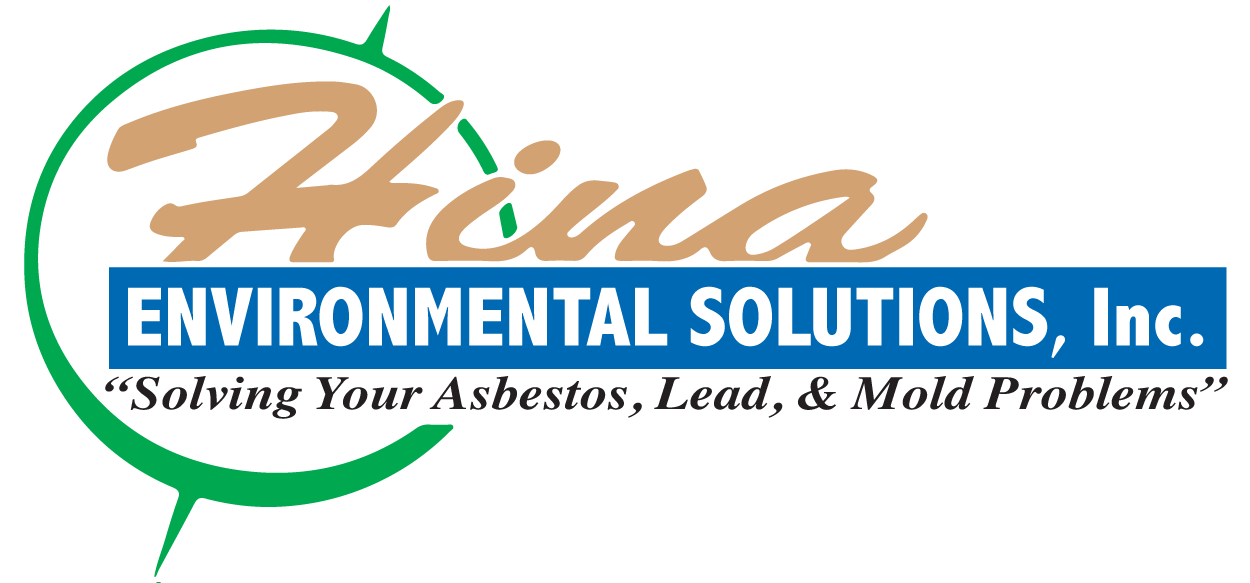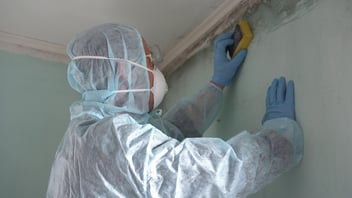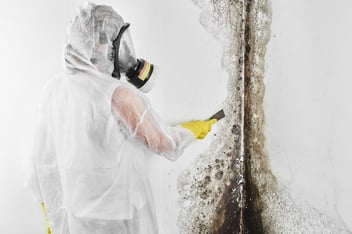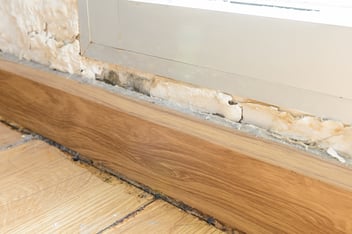What to Do After Mold Remediation: Maintaining a Mold-Free Environment
Mold can be a stubborn and hazardous problem in any home. When you've successfully undergone mold remediation, it's crucial to know what to do next to prevent its return and ensure your family's health and safety. In this blog, we will delve into what you can and cannot do after mold remediation, how to prevent mold from making a comeback, and why it's essential to hire professionals for any mold remediation needs.
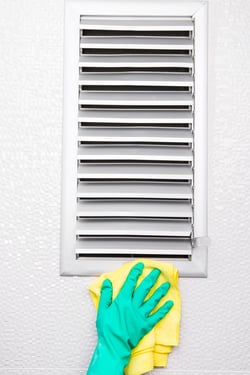 What to Do After Mold Remediation
What to Do After Mold Remediation
Inspect and Verify
After mold remediation is completed, it's essential to conduct a thorough inspection to ensure the job was done correctly. Verify that all affected areas have been properly cleaned, and no traces of mold remain. This step is crucial for your peace of mind and to prevent potential health issues down the road.
Address Underlying Issues
Mold doesn't just appear out of nowhere; it needs specific conditions to thrive. Address any underlying issues that contributed to the mold problem in the first place. Common culprits include leaks, poor ventilation, and high humidity levels. Fixing these issues will go a long way in preventing mold from returning.
Monitor Humidity Levels
Maintaining the right humidity levels in your home is key to mold prevention. Ideally, indoor humidity should be between 30% and 50%. Consider investing in a hygrometer to monitor humidity levels and a dehumidifier to keep them in check, especially in high-moisture areas like basements and bathrooms.
Improve Ventilation
Proper ventilation helps to prevent moisture buildup, making it less conducive for mold growth. Ensure that your home has adequate ventilation in areas like kitchens and bathrooms. Use exhaust fans, open windows when weather permits, and keep air circulating throughout the house.
Clean and Maintain HVAC Systems
Your heating, ventilation, and air conditioning (HVAC) system can play a significant role in mold prevention. Regularly clean and maintain your HVAC system to prevent mold from growing in the ducts or on the coils. Changing filters as recommended can also help maintain indoor air quality.
Keep Your Home Dry
Consistently keep your home dry, especially in areas prone to moisture. Clean up spills promptly, fix leaks as soon as they are discovered, and use waterproof materials in moisture-prone areas like basements. Make sure to dry any wet or damp items promptly to prevent mold growth.
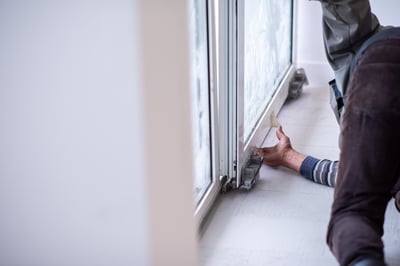 What Not to Do After Mold Remediation
What Not to Do After Mold Remediation
One of the biggest mistakes you can make is ignoring the problem after mold remediation is completed. Mold can return if the underlying issues are not addressed, and neglecting to monitor and maintain your home's conditions can lead to another outbreak.
Attempting to remove mold on your own after remediation is not recommended. Mold removal is a complex and hazardous process, requiring specialized equipment and knowledge. DIY attempts can lead to inadequate removal, spreading mold spores, and even health risks.
Regular inspections of your home for signs of mold growth are essential to catch potential problems early. Don't wait until you have a full-blown mold issue before taking action. Prevention and early detection are your best allies.
Why Choose Professionals Like Hina Environmental Solutions
While some small-scale mold issues may be manageable with DIY methods, larger or more severe cases require professional expertise. Companies like Hina Environmental Solutions have the experience, equipment, and trained personnel to ensure effective mold remediation and prevention.
After mold remediation, taking proactive steps to prevent its return is essential for your family's well-being. Addressing underlying issues, maintaining proper humidity levels, and investing in professional services like Hina Environmental Solutions are critical to keeping mold at bay. Don't take chances with your home's safety—take action today to ensure a mold-free future. Contact professionals for any mold remediation needs and maintain a healthy living environment for you and your loved ones.
